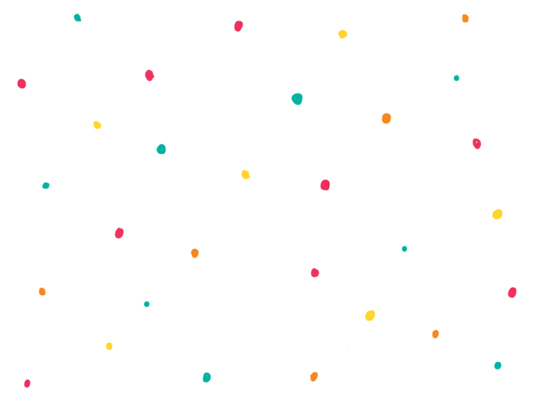This is a call-to-arms for every parent, teacher, coach, and adult who works with children:
When you’re a kid who you sit next to at school is your lifeline. At least, you probably thought it was at the time. But one amazing teacher has used the power of the seating chart to save lives, not lifelines, and it’s probably not how you think.
Every Friday, this brilliant teacher asks her students to write the names of 4 children they wish to sit next to the following week in a brief survey. In addition, they are asked to nominate one child who has been an “exceptional classroom citizen” of late. Seating requests aren’t always honored, and a crowning ceremony doesn’t take place for said exceptional citizens each Monday. Instead, this happens:
After those squeals of delight confronting the freedom of a Friday afternoon dissipate with the last child of the final bell stampede, this teacher sits down with all those surveys and begins looking for patterns. She does this by asking the following questions:
Who is not getting requested by anyone else?
Who doesn’t even know who to request?
Who never gets noticed enough to be nominated?
Who had a million friends last week and none this week?
From this, she is able to see into the minds and the hearts of these children. She’s able to see which of those little hearts are breaking. In these privately scribbled surveys, a concept as simple as a seating chart, children disclose deep webs of psychology in their answers, and she takes note. She looks for lonely children and children who are not connecting with others. She looks for those slipping into the shadows and those whose gifts are overlooked by classmates.
As it just so happens, this teacher’s specialty is math, but it doesn’t take a rocket scientist to do this compassionate exercise. It just takes identifying patterns of love and loneliness, and dear adults: you don’t have to be good at math to recognize patterns. In fact, patterns= games. And while there is nothing fun about bullying, recognizing patterns in it is the type of problem-solving our brains love to do. Put love behind it, like how this teacher has done, and the inertia is revolutionary. By spotting these problems from the beginning, she has been able to see who is being bullied and who is doing the bullying- who needs help, and who needs an adult. And then she is there for them. And you can be too.
Why She Does It
When asked how long she had been doing this practice, she replied, “every single Friday since Columbine.” Here is someone who knows the very core of why such violence occurred, and that core was disconnection. “All outward violence begins with inner loneliness,” she replied, making author Glennon Doyle Melton, who initially featured the story, liken the ability to breaking “the code of disconnection.”
This is one of those hacks where you can’t image why it’s not protocol for every single instructional establishment for children. In fact, it should be a PSA at the bottom of our news screens every morning in place of the DOW JONES and NASDAQ. And that’s because it doesn’t just apply to the classroom, it applies to the field, the troop, the dance team, and even to the home. Children can give away clues as to who is being left out by who they’re partnering with in sports, who they want to invite to their birthday party, or who they want to stand next to at barre. Bullying is everywhere, and in light of National Bullying Prevention Awareness Month, we had to share the story in the hopes that this teacher’s model will be a simple practice to adapt to stomp out bullying at the source.
Impact
Luckily, her story is reaching masses. This teacher, who remains anonymous, has touched many thanks to Melton, (Love Warrior), who wrote a beautiful narrative about her conversation with the teacher on the blog Momastry. The blog post was shared over 1M times within a day of posting. A video montage of Melton’s story made by HrtWarming has already reached 15M views since it’s posting on September 26. Our eagerness as parents and teachers is there. The numbers show it. Everyone can relate to bullying, no matter what side you’re on. We impose the faces of our own children in the victims we hear about, we struggle with deep-rooted issues that stem from being bullied ourselves or from guilt we feel over being the perpetrators at some point in our earlier years. Knowing there is a solution this simple will hopefully be a sign of encouragement for our children, our communities, and ourselves.
Check out the video here:
https://www.facebook.com/hrtwarming/videos/1907470342601359/
Photo Credit: Huffpost
https://www.huffingtonpost.com/colleen-berge/schoolyard-bullying-its-ok-to-be-different_b_10160054.html






